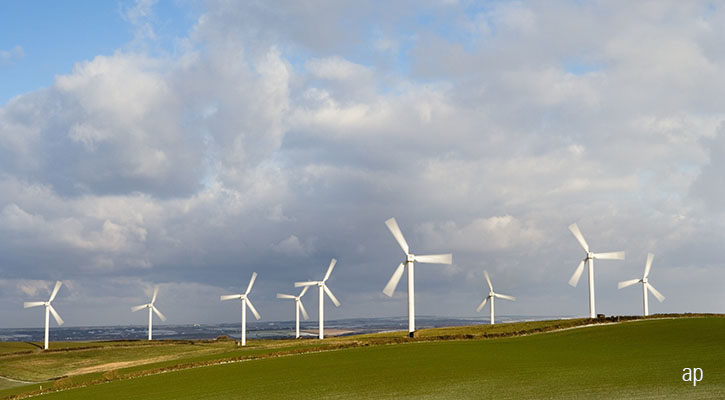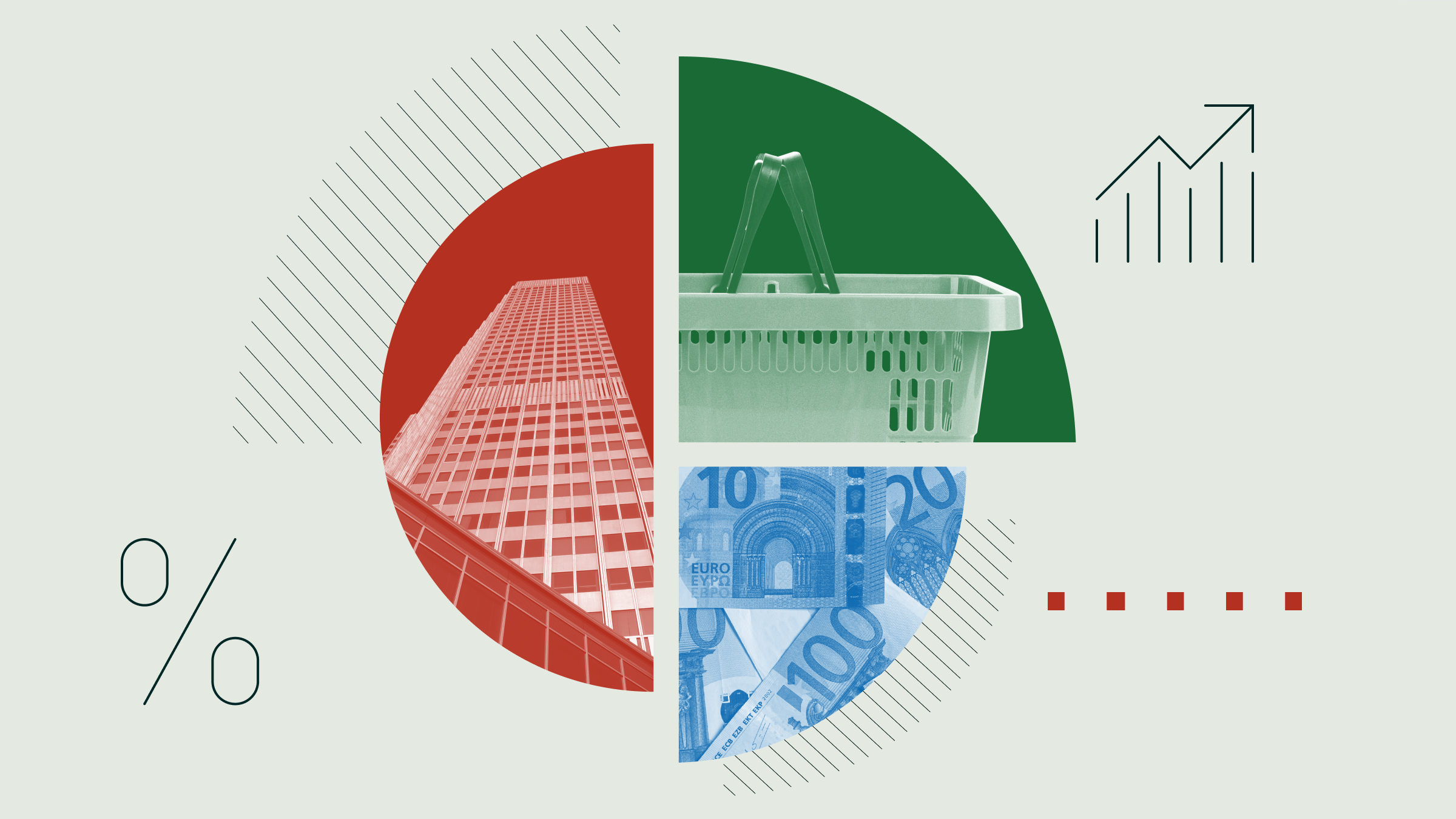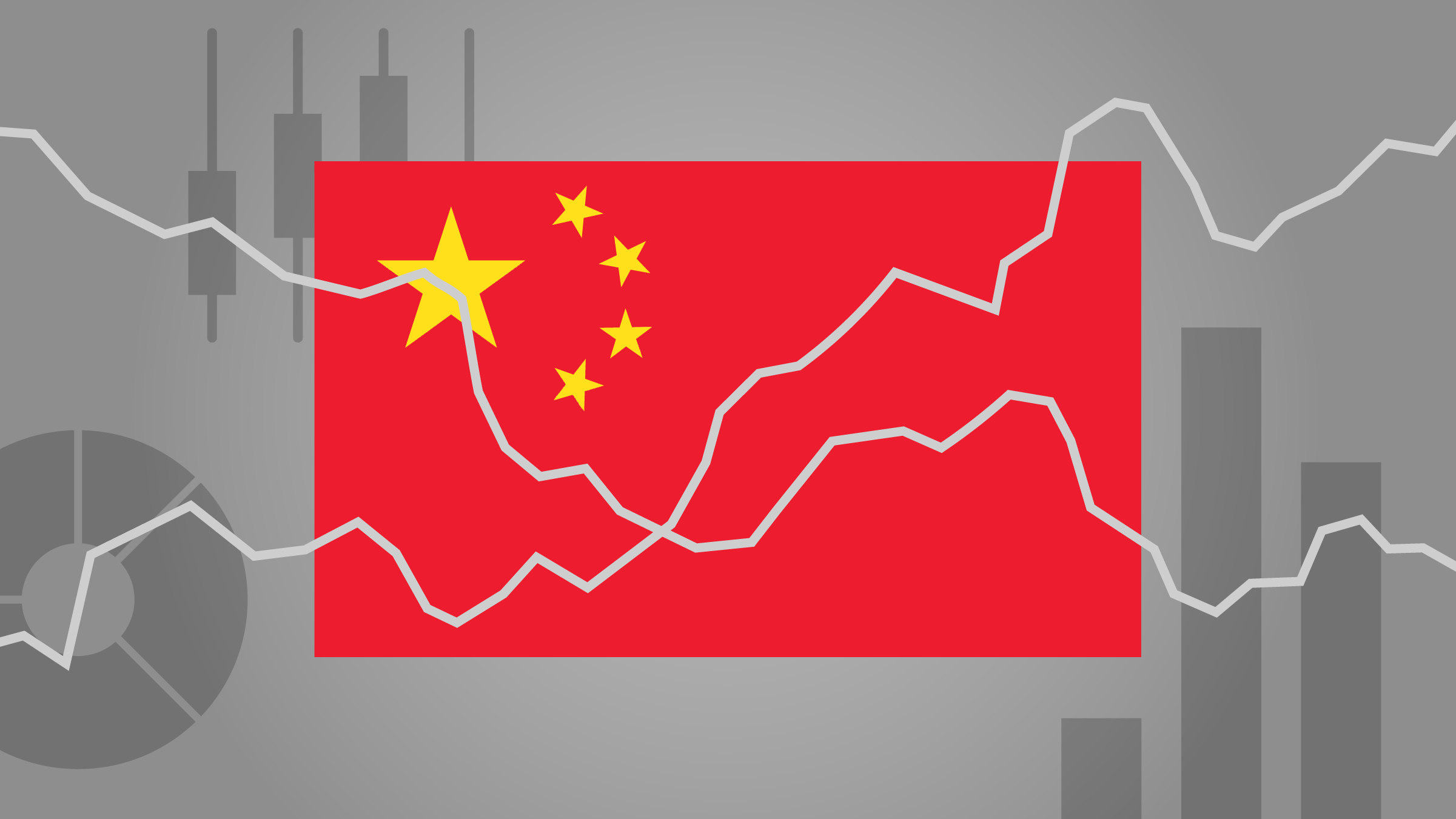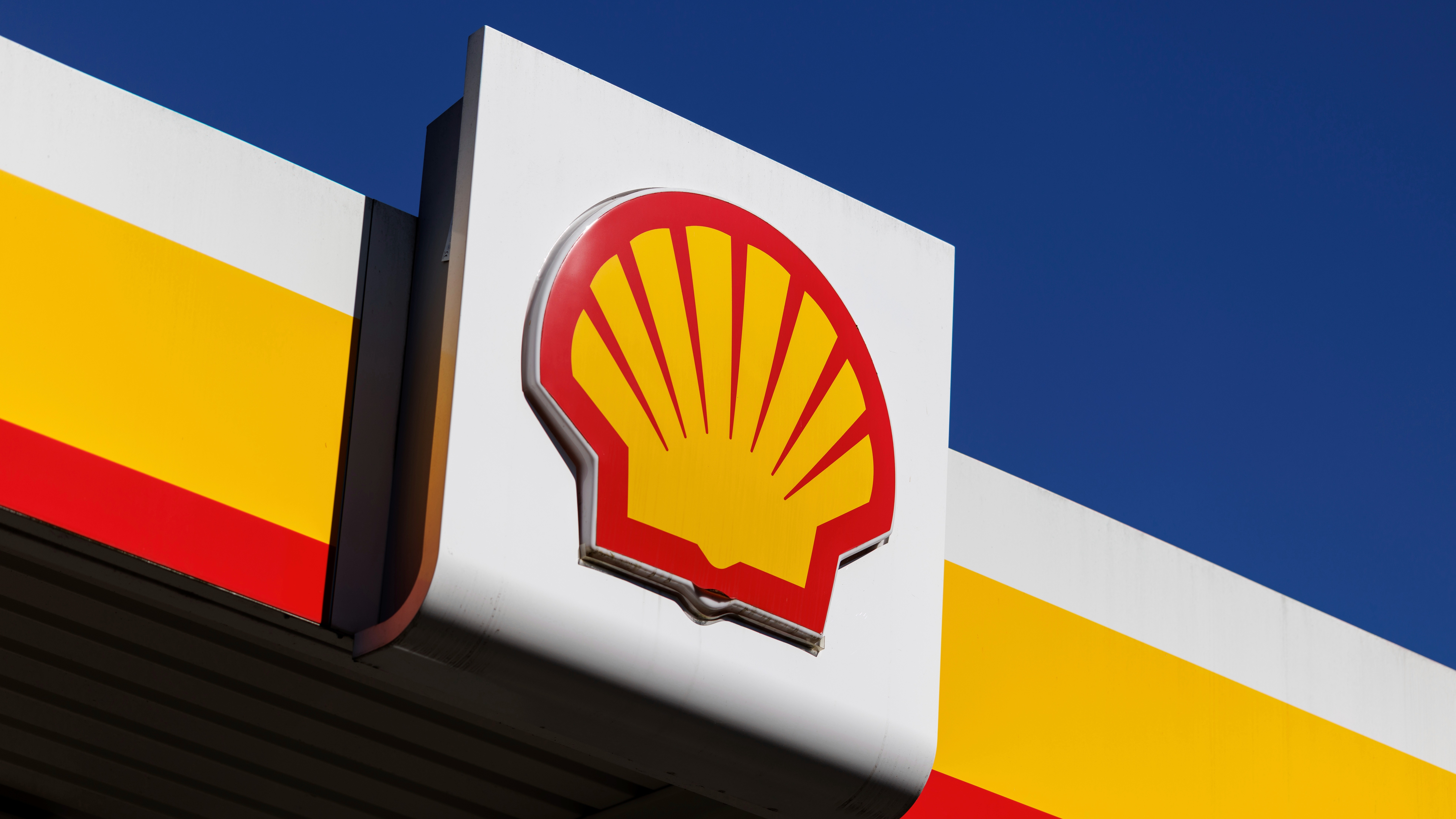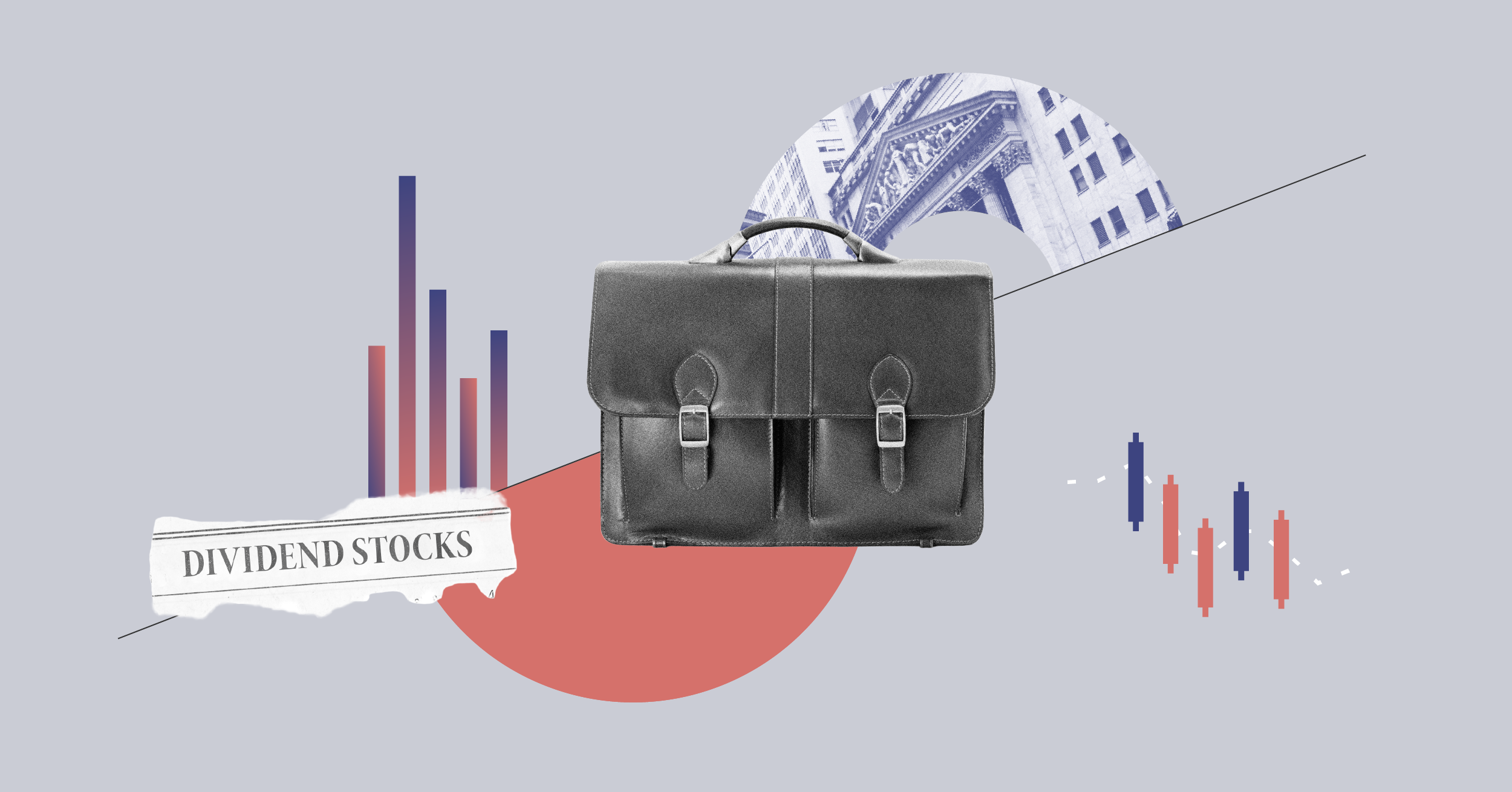Holly Black: Welcome to Morningstar. I'm Holly Black. With me is Jelena Sokolova. She is an equity analyst with Morningstar. Hello.
Jelena Sokolova: Hi, Holly. Thanks for having me.
Black: So, Jelena, you've been looking at the fast fashion industry. What are some of the findings?
Sokolova: Yeah. So, I have recently published a report on mass market apparel or so-called fast fashion players, I should say, Inditex and H&M. One of the main findings is that the scale of these businesses and the speed to market contribute substantially to their profitability. While brand awareness doesn't necessarily result in pricing power for these players in contrast to luxury goods, it helps to summon this cost advantage against the other players. For instance, for Inditex, marketing costs are practically nil versus 3% to 9% of revenue for its peers. Further, the report examines how these companies are positioned for the future, notably the future where the consumer is much more willing to shop online and much more concerned about environmental and social issues.
Black: Yes. So, in the past, some of these businesses have followed that pile it high, sell it cheap philosophy and that might not cut it in today's sort of consumer world. So, the question is, can fast fashion keep growing in the digital age?
Sokolova: Yeah. So, I think all these advantages that I mentioned, for instance, for Inditex, the scale, the speed to market, the brand awareness, it all plays in the digital as well as brick and mortar. Actually, both H&M and Inditex have very sizable online businesses already. Those are bigger than, for instance, the pure players like ASOS and Boohoo. Further, they are vertically integrated. Why is that important? With all the insights that companies can gather online on consumers, vertically integrated players are well-positioned to incorporate those into their merchandising decision, into their design decisions while big players such as Zalando and Amazon are still reliant on third-party suppliers.
Finally, online is not dilutive to the margin per se for Inditex and H&M and proactive management of their store base could help. Also, with this transition, I think that online could reach over 45% of revenue for these firms in 10 years' time versus mid-teens in 2019.
Black: But something I think people are thinking about more and more is that fast fashion isn't a particularly sustainable business model. It's, you know, wear a few times and chuck it out. Doesn't really work in today's more ESG-focused world. So, what are some of your biggest ESG concerns about these companies?
Sokolova: Indeed, I think that's a very important issue. And the main ESG factors that apply to this industry are obviously labor issues and the supply chain as well as environmental concerns. And our research indicates that consumers are increasingly concerned about specifically the environmental impact. However, we don't have indication that they are always willing to pay more for more sustainable products, and we don't have the indication that they are actually reducing their apparel purchases to act on their sustainability concerns. Hence, we think that actually big players are well-positioned to share some of the costs of increased sustainable sourcing with their supply chain.
Black: Okay. So, with all of that in mind, what are some of your top stock picks in this sector?
Sokolova: Inditex is my best stock pick at the moment for both quality and valuation. It's trading in 4-Star territory, over 10% discount to my fair value estimate. It is also a narrow moat rated name. I see risk and return being more balanced in the case of H&M and pure play online players like Zalando and ASOS look overvalued at the moment.
Black: Jelena, thank you so much for your time. For Morningstar, I'm Holly Black.







